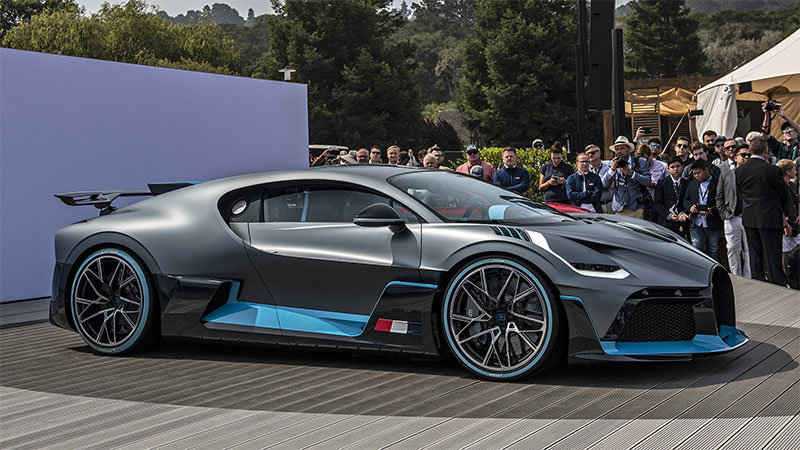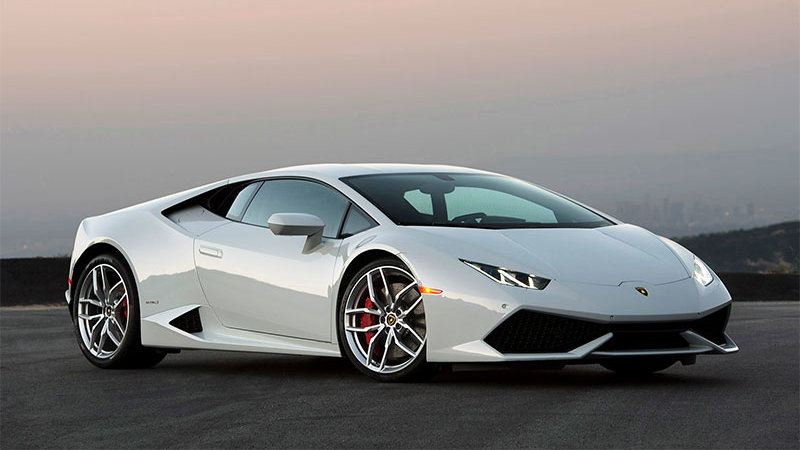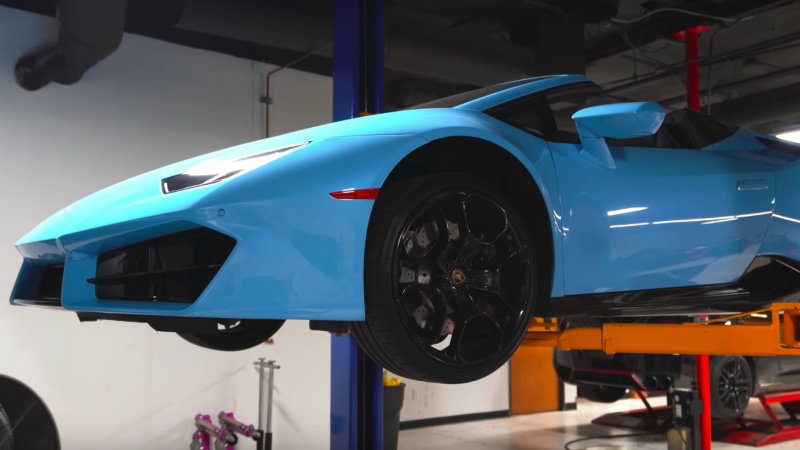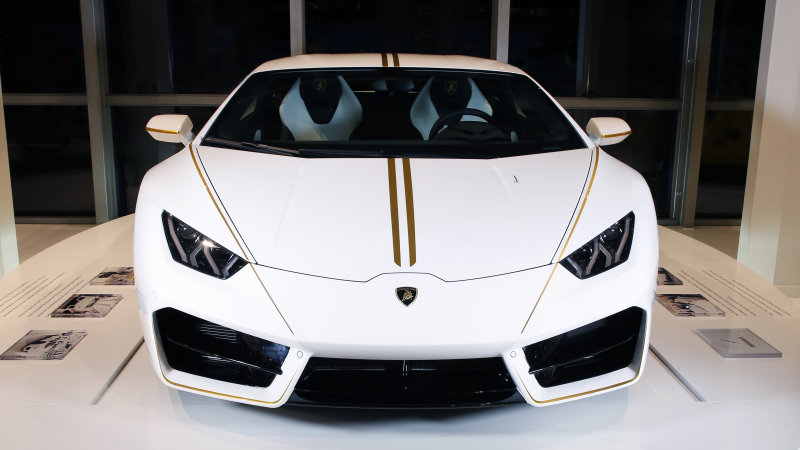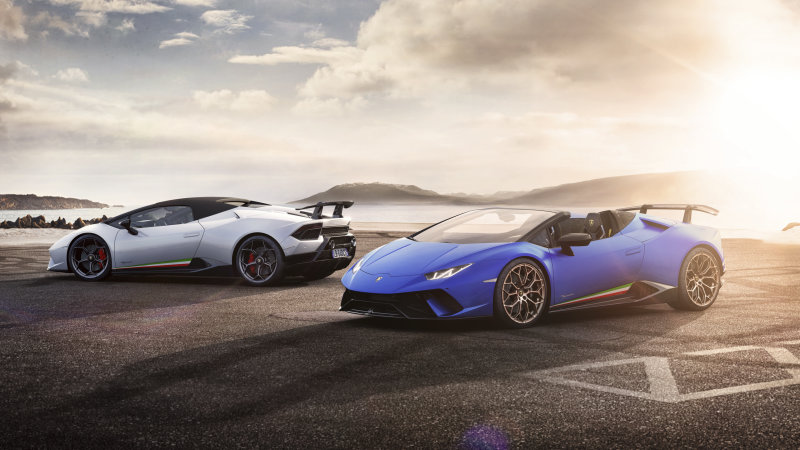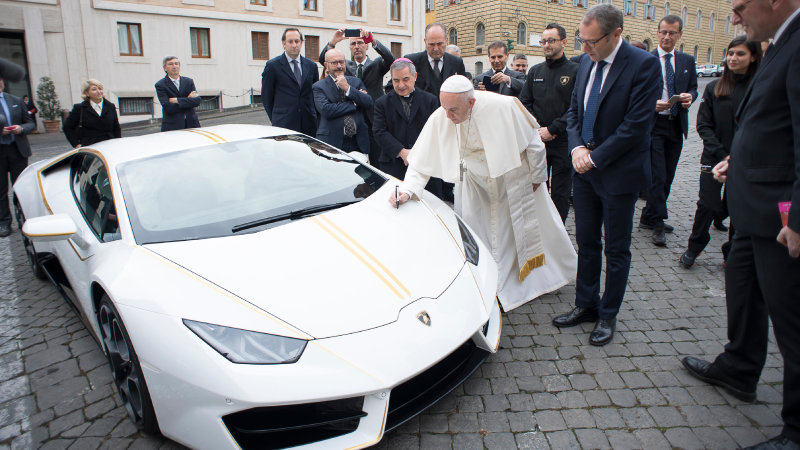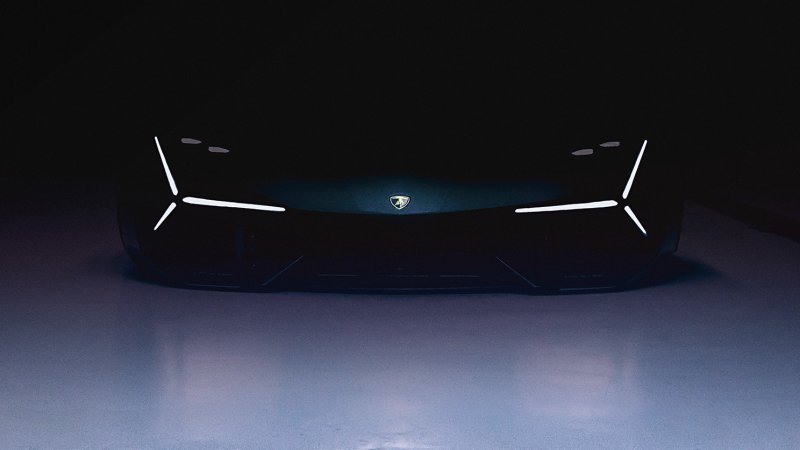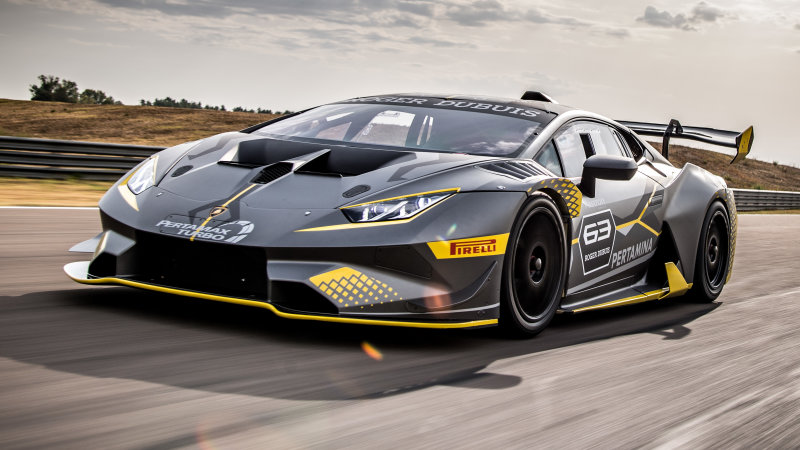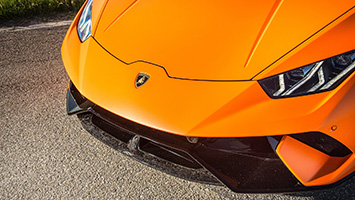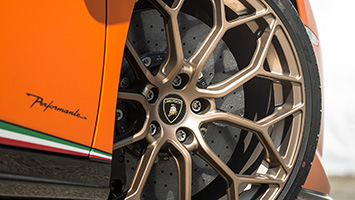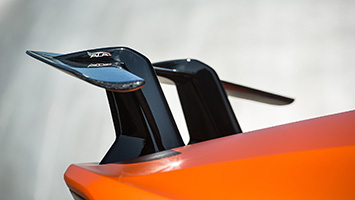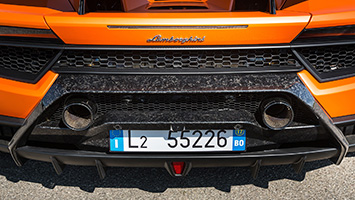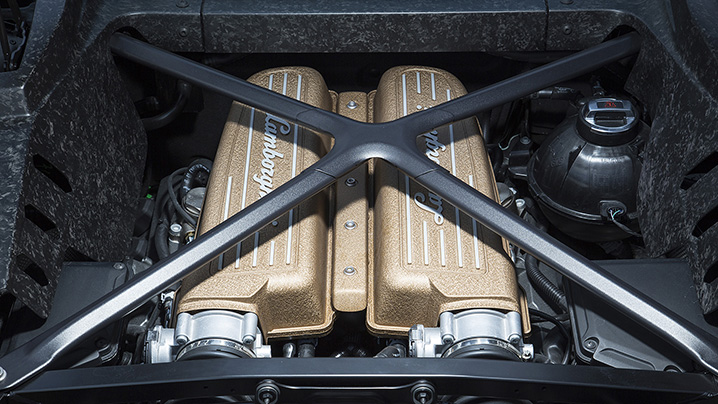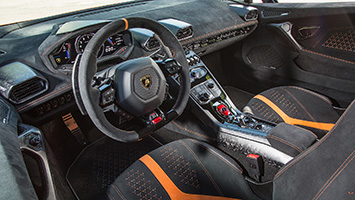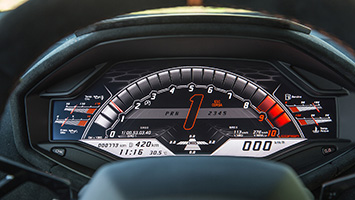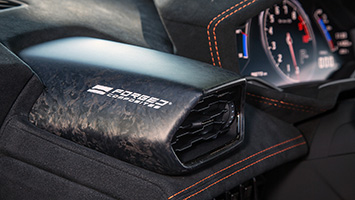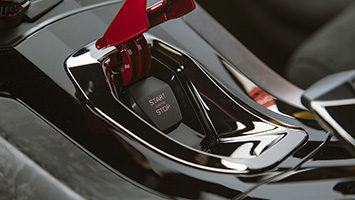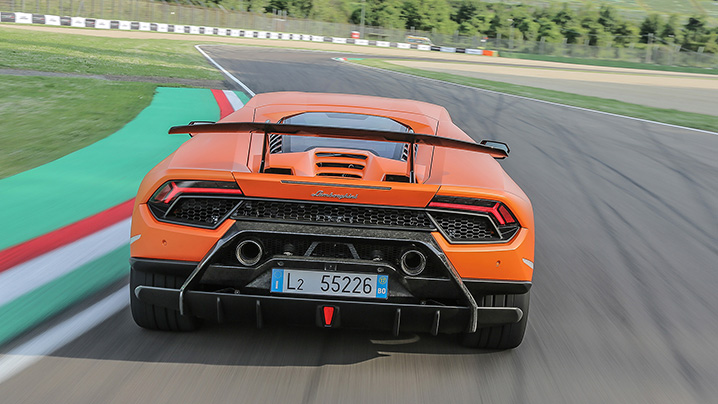VW Group plan puts Porsche in charge of a ‘super-premium’ division
An Automobile report looks into what’s happening on the organizational and technical sides of the Volkswagen Group, and what those changes could mean for the premium brands. The wide-angle view is that Porsche appears to have been anointed to “coordinate the future activities” at Audi, Bentley, Bugatti and Lamborghini. Audi would cede Lamborghini guardianship to Stuttgart, and Ducati — via a new concern called Ducati Enterprises — would become the shepherd for VW’s other Italian investments. Executives target Jan. 1, 2019, to complete the reshuffle.
VW wants to save a boodle by tying up four of its five top-tier brands, and putting the one with the highest ROI in charge. Porsche, within its own house, wants to reduce expenditures by $2.3 billion per year over for four years, the savings already earmarked for improving internal processes like R&D and production. Having Porsche share those gains as well as lead development of platforms, components and future-tech strategies for the sister sports car brands could benefit everyone.
In the near-term, the brands have their own plans:
Bugatti CEO Stephan Winkelmann is said to want a Chiron Superleggera, a roofless and “completely reskinned” Chiron Aperta, and a track-only Chiron SS. The Superleggera could take the Chiron Sport‘s and Divo‘s Jenny Craig routines even further. The Aperta seems a natural successor to the Veyron Grand Sport, a natural evolution of the recently introduced Sky View roof, and a reskin might include numerous Divo cues. It’s also said Bugatti’s considering “an all-electric high-end model” in conjunction with Porsche, Rimac, and Dallara, but name one supercar or hypercar manufacturer that isn’t considering a lightning-fast EV.
Lamborghini, deep into work on follow-ups for the Huracán and Aventador, might get a bit of a bump with the new plan. The carbon “monofuselage” for the next V12 flagship is said to be too far developed and too complex to scrap. It puts two electric motors on the front axle, batteries in the middle, and a naturally aspirated V12 with around 770 horsepower plus another e-motor with 402 horsepower in back.
The Huracán is said to get a version of the same carbon architecture at the moment, but the corporate reorganization might press pause on it. Automobile says options include continuing the Huracán/Audi R8 twinning, but that depends on Audi saying “Ja” to a third-gen R8 with Lamborghini bones. Beyond that, the Huracán could move to the Mimo II platform created by Porsche for the in-limbo-since-2011 mid-engined 960, or the entire premium group could get a new aluminum architecture for a “modular multi-brand sports car.”
Bentley and Audi need the most help at the moment. The UK carmaker needs to flesh out its current financial issues and vision for the future, and the latter relies in large part on the former. Audi remains in upheaval — the Automobile piece calls the brand “seriously overstaffed and worryingly over budget.” — and we can’t know when that will end. The ex-CEO who made the brand VW’s highest earner remains in jail, and we wouldn’t be surprised by any new bombshell that drops when he gets his days, or weeks, in court.
A total reintegration, if it all comes off, means monumental work. Yet according to a Bloomberg corporate analyst, potential rewards from going all the way with the plan might make it impossible to resist. Bloomberg said that if VW created a premium group and floated it on the markets, the result “could be valued at more than 120 billion euros,” when the stock market capitalization of the entire VW Group right now is 67 billion euros.
Related Video:

